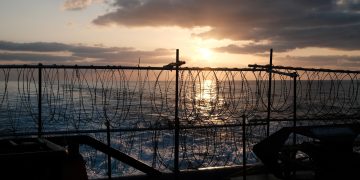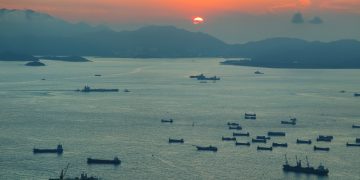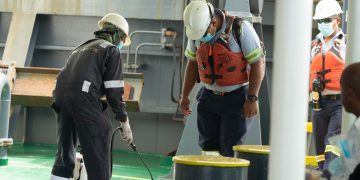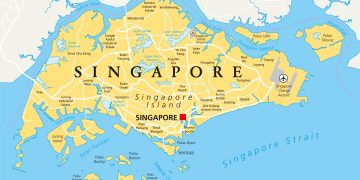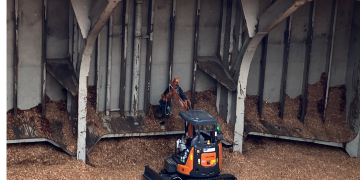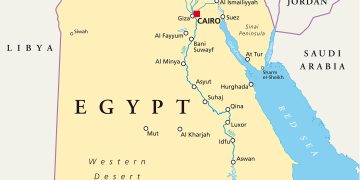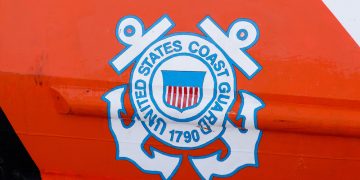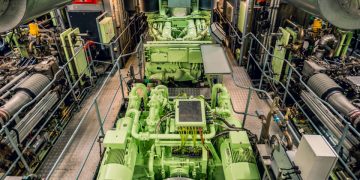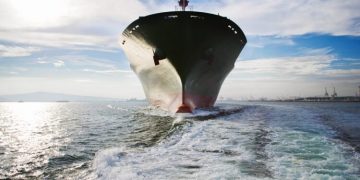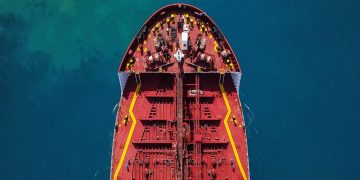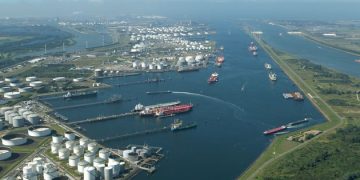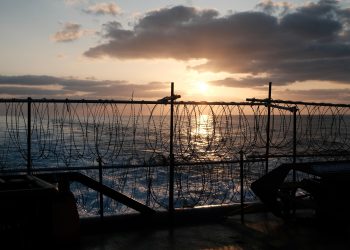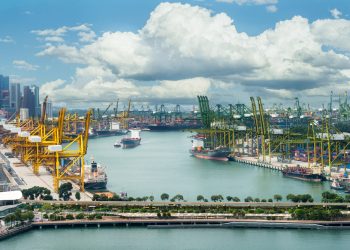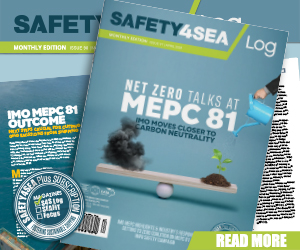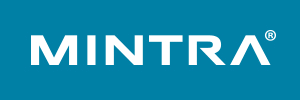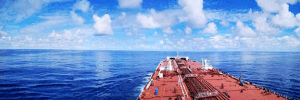New legislation was released for review aiming to reduce emissions and discharges in the fjords. Namely, the Norwegian Maritime Authority (NMA) proposed even stricter regulations to ensure a better environmental footprint in the area, by cutting emissions.
The new legislation for reduced emissions and discharges regard the Nærøyfjord, Aurlandsfjord, Geirangerfjord, Sunnylvsfjord and Tafjord. The proposal includes stricter sulphur requirements for the entire area, stricter requirements for NOx emissions, prohibitions against the discharge of sewage, regulations on the use of scrubbers and requirement for an environmental instruction.
Minister of Climate and Environment, Ola Elvestuen, stated:
The Government wishes to reduce the emissions and discharges from cruise ships. Stricter requirements for ships in the world heritage fjords would be a step in the right direction
[smlsubform prepend=”GET THE SAFETY4SEA IN YOUR INBOX!” showname=false emailtxt=”” emailholder=”Enter your email address” showsubmit=true submittxt=”Submit” jsthanks=false thankyou=”Thank you for subscribing to our mailing list”]
In addition, the NMA suggests that fuel being used on ships in the world heritage fjords must have a sulphur content of maximum 0.10%. What is more, a prohibition against the use of scrubbers in these areas is being proposed, including both open, closed and hybrid systems.
These bans mean that the use of heavy fuel oil in the fjords will not be allowed, and that ships that currently use heavy fuel oil combined with scrubbers will have to use marine diesel instead when sailing in the area.
Regarding scrubbers, NMA said that this technology emits visible smoke emissions, while some systems also generate discharges to sea.
Moreover, the NMA suggested a prohibition against incineration of waste on board ships in the fjords, which will reduce the visible smoke emissions.
The new proposal also sets out the possibility of exemption from the Tier I NOx requirements to be met by 2020 for ships that can document that they will satisfy the strictest NOx requirements (Tier III) by 2022.
See more information in the PDF below






